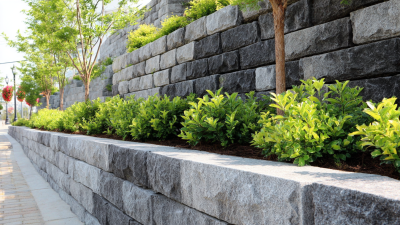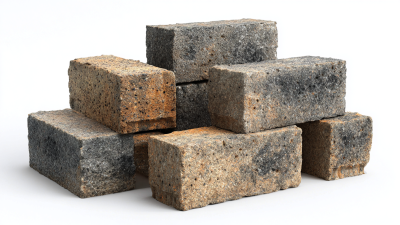Top 10 Filter Fabric Options for Enhanced Filtration Efficiency in 2023
In the ever-evolving realm of filtration technology, the selection of the right materials plays a pivotal role in determining overall efficiency. Among these, filter fabric emerges as a critical component for various applications, ranging from water treatment to industrial processes. According to Dr. William Carson, a leading expert in the filter fabric industry, “The choice of filter fabric significantly influences both performance and longevity of filtration systems, ensuring that they meet increasingly stringent environmental standards.”
As we delve into the top 10 filter fabric options for enhanced filtration efficiency in 2023, it's essential to recognize how advancements in material science and design have revolutionized this field. New types of filter fabrics are not only engineered for superior filtration capabilities but are also tailored to meet specific needs, including chemical resistance, durability, and ease of maintenance. This exploration will guide you in selecting the most suitable filter fabrics that can elevate your filtration processes to unprecedented levels.
By understanding the characteristics and applications of various filter fabrics, users can better navigate their choices to optimize efficiency and sustainability in their operations. Join us as we explore the best options available this year, informed by expert insights and cutting-edge innovations in the filter fabric industry.
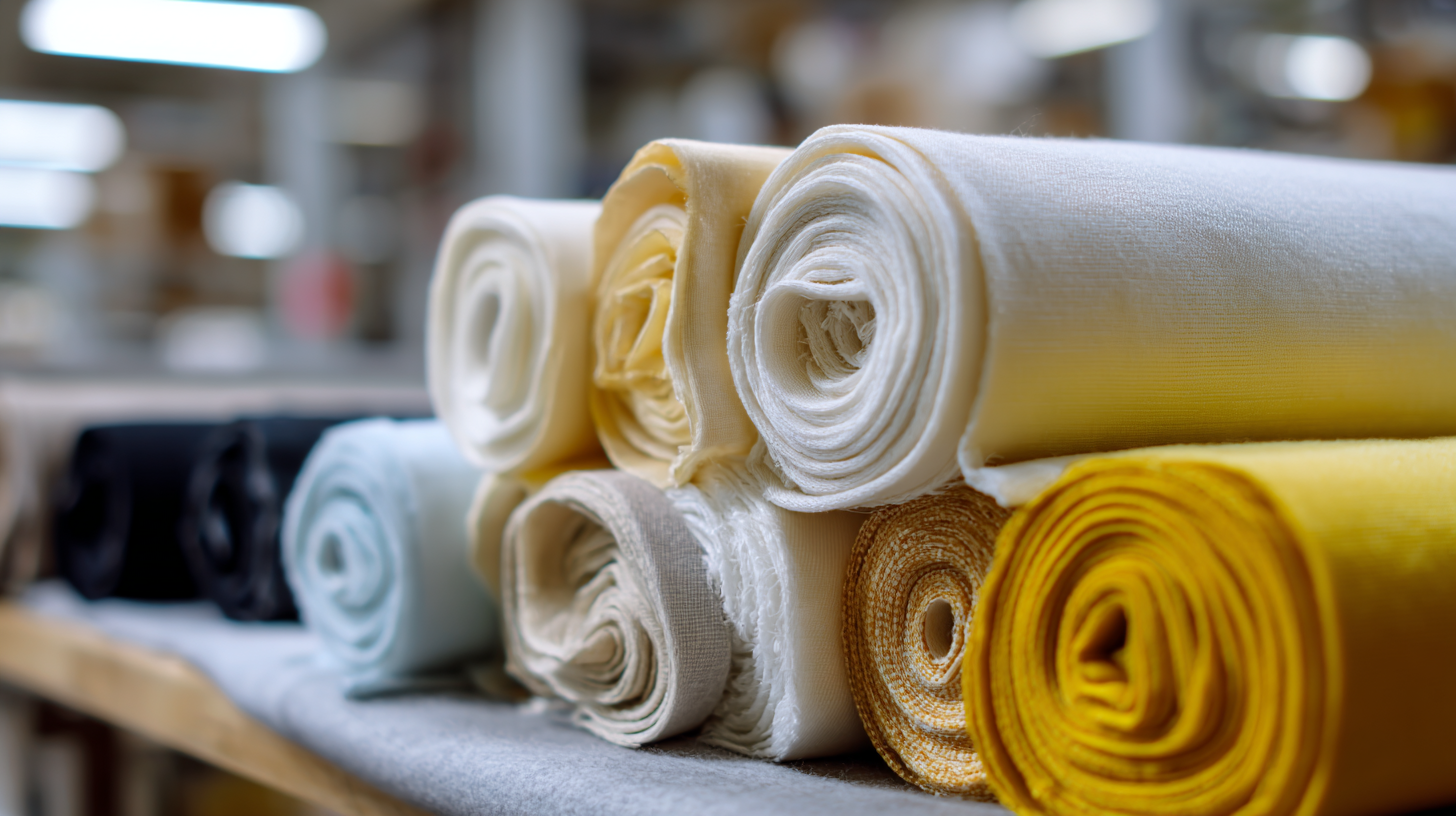
Top 10 High-Performance Filter Fabrics for Wastewater Treatment in 2023
In 2023, the demand for high-performance filter fabrics in wastewater treatment is on the rise, driven by stricter regulatory requirements and heightened environmental awareness. Recent advancements in integrated wastewater deep treatment equipment optimize the filtration process, significantly enhancing the efficiency of these fabrics. According to industry reports, effective filtration can improve the removal of contaminants by up to 95%, making the choice of filter fabric crucial for meeting compliance standards.
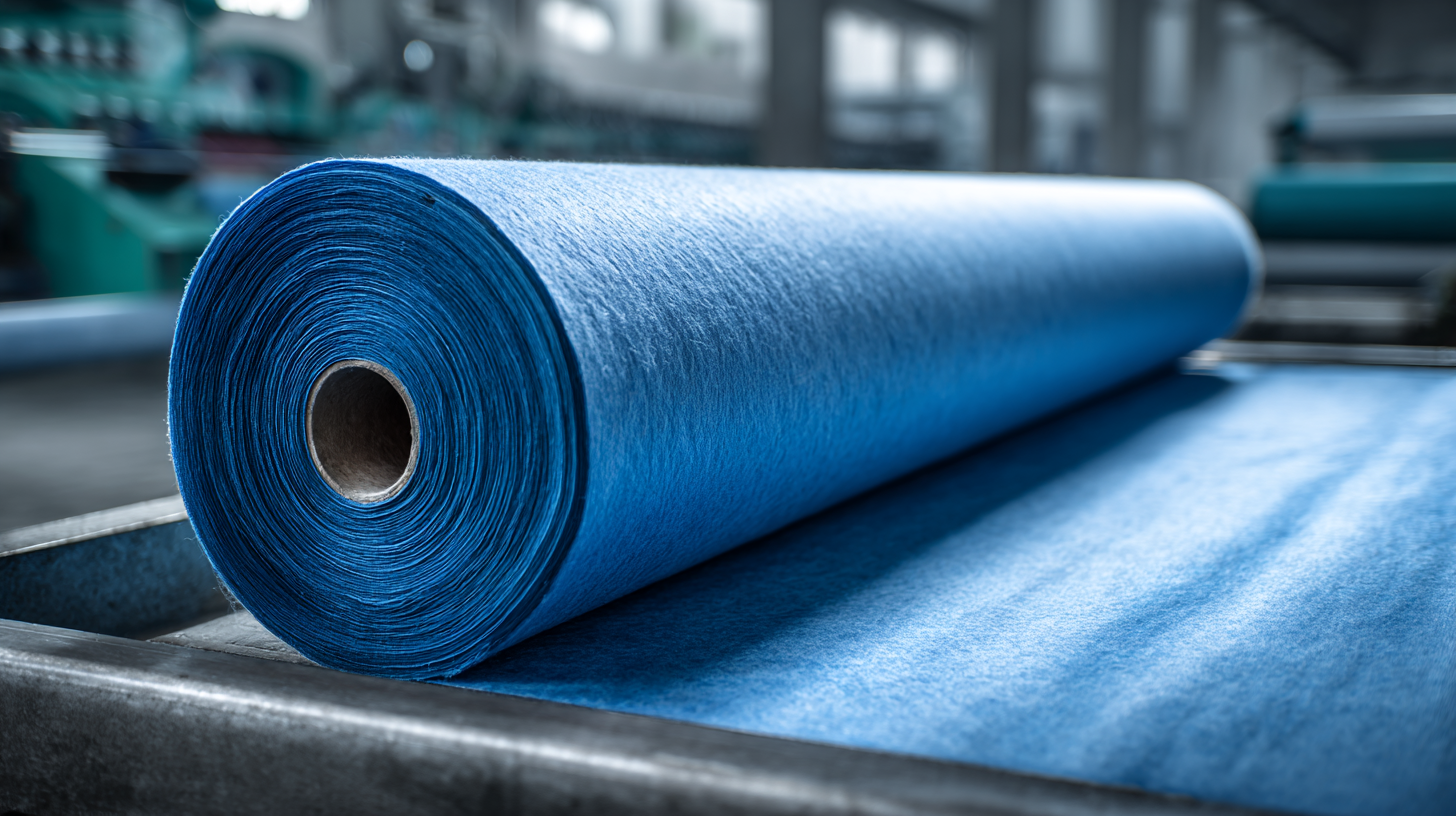
Integration of advanced filtration technologies, as discussed at the recent Shanghai Water Industry Forum, highlights the advantages of utilizing high-performance filter fabrics in wastewater treatment plants. Fabrics that demonstrate high tensile strength and permeability are essential to support the more sophisticated treatment processes. Enhanced filtration not only results in better effluent quality but also reduces operational costs associated with maintenance and equipment wear. As projects focusing on upgrading existing facilities gain momentum, investing in top-tier filter fabric options becomes increasingly critical for wastewater treatment operators aiming for sustainability and operational excellence.
Innovative Nonwoven Materials: Pioneering Filtration Solutions in the Industry
The landscape of filtration technology is evolving rapidly, driven by innovations in nonwoven materials that are setting new standards for efficiency and sustainability. Companies are exploring sustainable options, such as pulp-based nonwovens, which represent a shift towards greener materials that do not compromise on performance. This focus on eco-friendly options is becoming increasingly important as industries seek to meet both regulatory requirements and consumer demands for sustainable practices.
In addition to sustainability, advancements in nanofiber technology are revolutionizing filtration solutions, offering superior performance in air and liquid filtration applications. These cutting-edge materials enhance the efficiency of filters, allowing for the removal of finer particulates and harmful gases with greater efficacy. As the technical textile market continues to expand, the integration of innovative nonwoven materials is essential for developing future filtration solutions that address the industry's growing challenges. The collaboration between material science and engineering innovation will undoubtedly shape the trajectory of the filtration sector in the coming years.
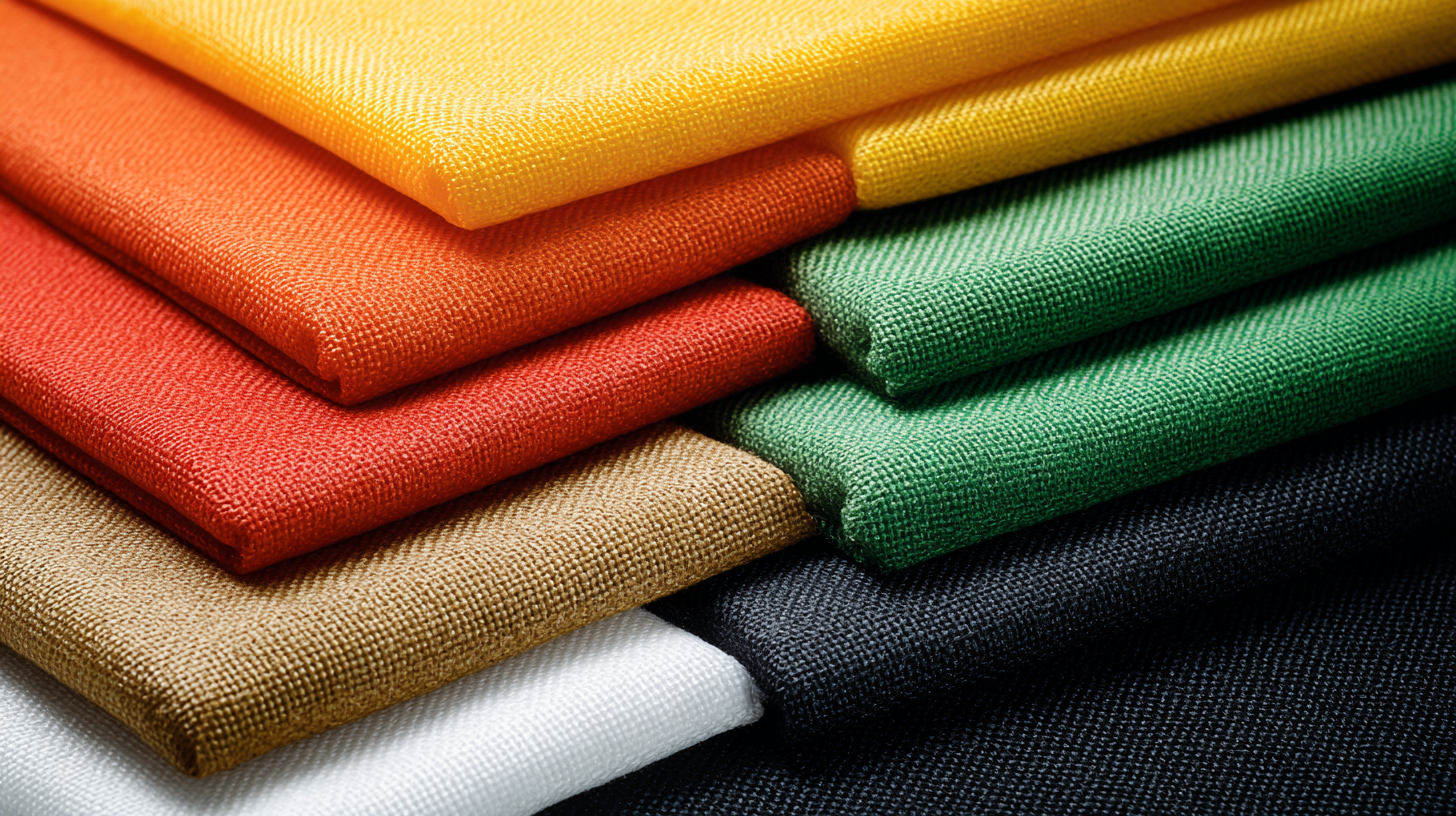
Comparative Analysis of Filter Fabric Types: Efficiency Ratings and Applications
The filtration industry is evolving rapidly, with countless fabric options available that enhance efficiency across various applications. Among these, fiberglass fabrics are gaining notable traction, projected to reach a market value of USD 13.17 billion by 2029. This growth underscores the increasing demand for durable, high-performance filtration solutions in sectors ranging from construction to industrial processes. The comparative analysis of filter fabric types reveals that fiberglass materials provide superior strength and resistance to harsh chemicals, making them a top choice for many applications.
When selecting a filter fabric, consider the specific efficiency ratings associated with different materials. Options such as polyester and polyamide may offer enhanced filtration for their lightweight and cost-effective benefits, while advanced composites exhibit high filtration efficiency and longevity.
Tips: Always evaluate the application requirements, including temperature and chemical exposure, before choosing a filter fabric. Additionally, leveraging technology, such as deep learning algorithms, can assist in distinguishing between original woven products and imitations, ensuring that quality is maintained in your filtration systems.
Sustainability in Filtration: The Rise of Eco-friendly Fabrics for 2023
The filtration industry is witnessing a significant shift towards sustainability, with eco-friendly fabrics gaining traction in 2023. According to a report by MarketsandMarkets, the global eco-friendly filtration market is projected to reach $12 billion by 2025, growing at a CAGR of 8.5% from 2020. This surge is largely driven by increasing awareness of environmental issues and the demand for sustainable materials. Fabrics made from recycled plastics, organic cotton, and innovative biopolymers are becoming popular, reflecting a collective push towards reducing waste and carbon footprints in manufacturing processes.
In addition to enhancing filtration efficiency, these sustainable fabrics offer benefits such as improved durability and performance. A recent study by Filter Media Group highlighted that eco-friendly filtration products not only meet regulatory standards but can also outperform traditional materials in specific applications. For instance, non-woven filter fabrics that utilize recycled content have been shown to achieve filtration efficiencies up to 95%, while also demonstrating lower energy consumption in production. As industries increasingly prioritize sustainable practices, these advancements in eco-friendly filter fabrics represent a crucial step towards a more responsible future in filtration technologies.
Top 10 Filter Fabric Options for Enhanced Filtration Efficiency in 2023
This chart displays the filtration efficiency percentage of the top 10 filter fabric options available in 2023, showcasing the effectiveness of various materials in enhancing filtration performance.
Key Industry Metrics: Filtration Rate Improvements Driven by Advanced Fabrics
In 2023, the demand for enhanced filtration efficiency has driven significant advancements in filter fabric materials. Industries ranging from water treatment to air pollution control are increasingly focusing on the filtration rate improvements delivered by advanced fabrics. These materials are engineered to optimize the filtration process, allowing for finer particle capture while maintaining airflow or liquid flow rates. As a result, industries are experiencing lower operational costs and improved compliance with environmental regulations.
Key metrics in the filtration industry highlight these advancements. For example, modern filter fabrics exhibit filtration rates that can exceed traditional materials by up to 30% due to innovations in fabric structure and composition. This improvement in performance is further complemented by the use of nanotechnology and advanced polymer blends, which enhance the durability and efficiency of the fabrics. As manufacturers adopt these cutting-edge fabrics, they are not only boosting productivity but also paving the way for sustainable practices in various sectors.



